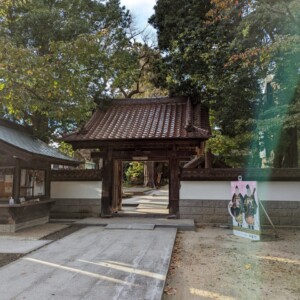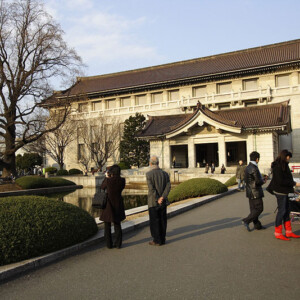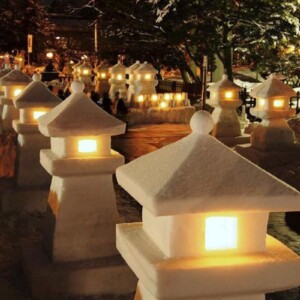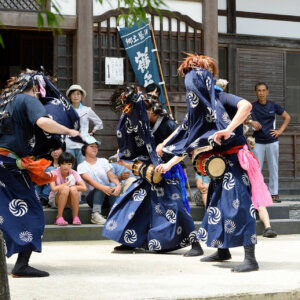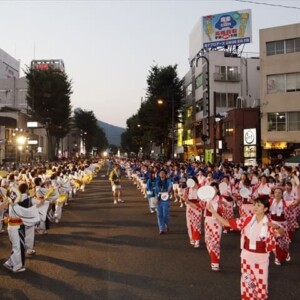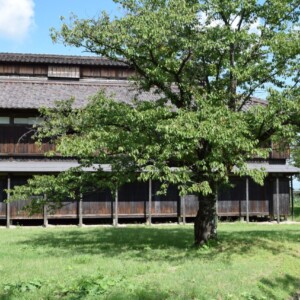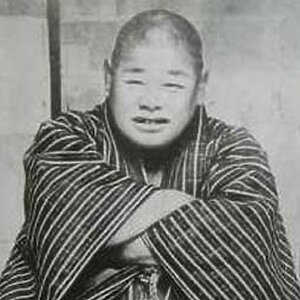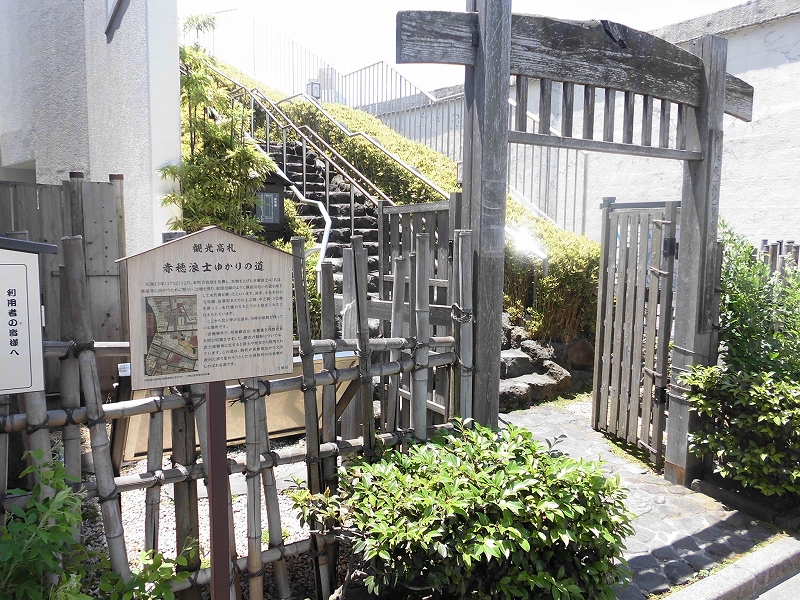
Let's meet Matsuo Basho in Fukagawa!
table of contents
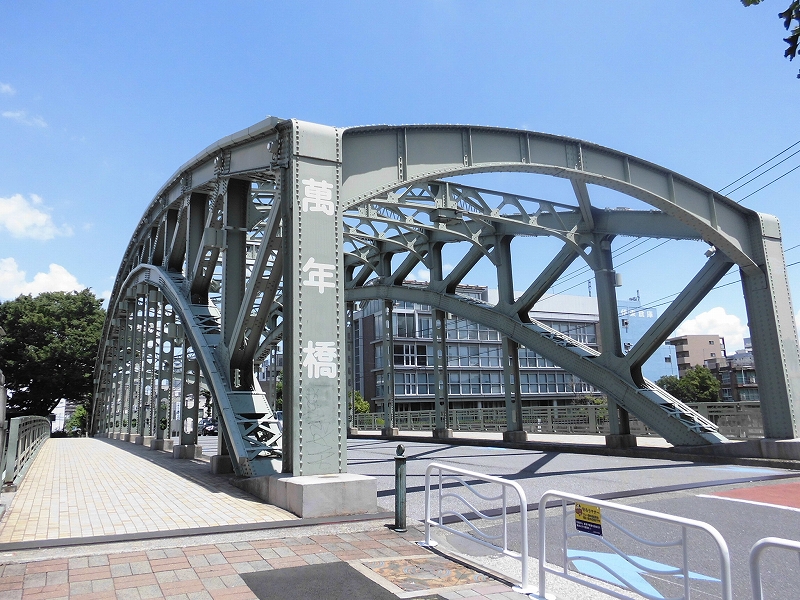
A bronze statue of Matsuo Basho is located on the bank where the Sumida River and Onagi River intersect. Basho once lived on the shore near Mannen Bridge in Fukagawa. Why not visit the bronze statue of Basho in the place where Basho once lived?
Katsushika Hokusai and Utagawa Hiroshige depicted “Mannenbashi Bridge” in their ukiyo-e prints!
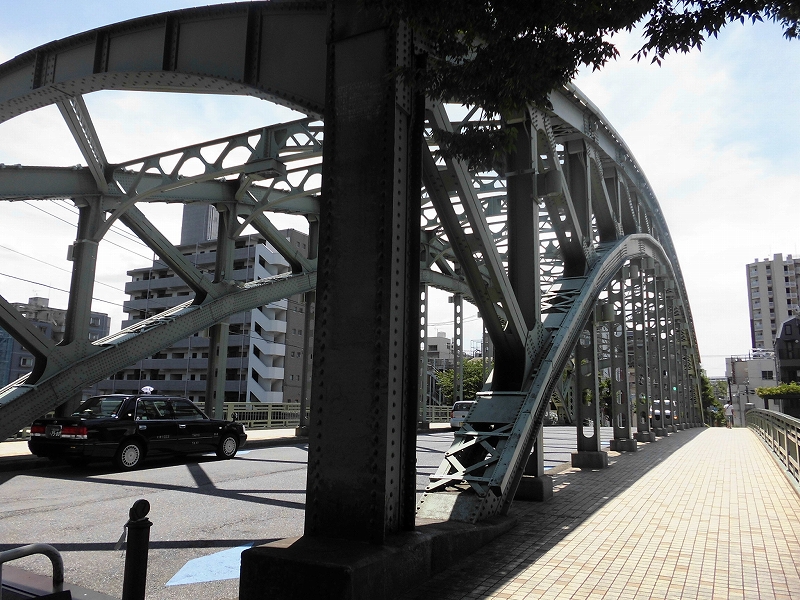
"Mannenbashi" was a wooden drum bridge during the Edo period. It seems that "Mannenbashi" was located here in 1680. The place where Matsuo Basho lived is a 2 minute walk from here.
Katsushika Hokusai once depicted Mt. Fuji as seen from Taiko Bridge in his book ``Thirty-six Views of Mt. Fuji.''
Hiroshige Utagawa also drew ``Mannen Bridge'' in ``One Hundred Famous Views of Edo.'' By the way, the current Mannenbashi Bridge was built in 1930. It has been lit up since 2009 and has now become a landmark of Fukagawa.
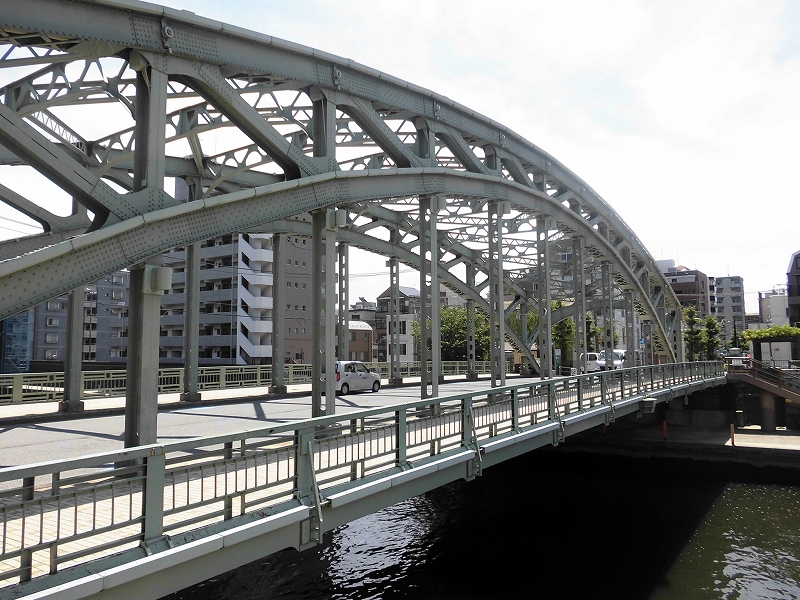
Today's Mannenbashi Bridge is also a filming location for various dramas. The most famous one is ``Doctor X.'' The ``Kanbara Physician Introduction Office'' run by Akira Kambara, played by Ittoku Kishibe, who often played mahjong with everyone, was located very close to ``Mannen Bridge'' in the setting of the drama.
Therefore, "Mannenbashi" appeared throughout the series from the first work. In fact, Jonouchi Sensei, played by Yuki Uchida, and Daimon Sensei, played by Ryoko Yonekura, both fell ill on this Mannen Bridge. Please check it out on DVD or rebroadcast.
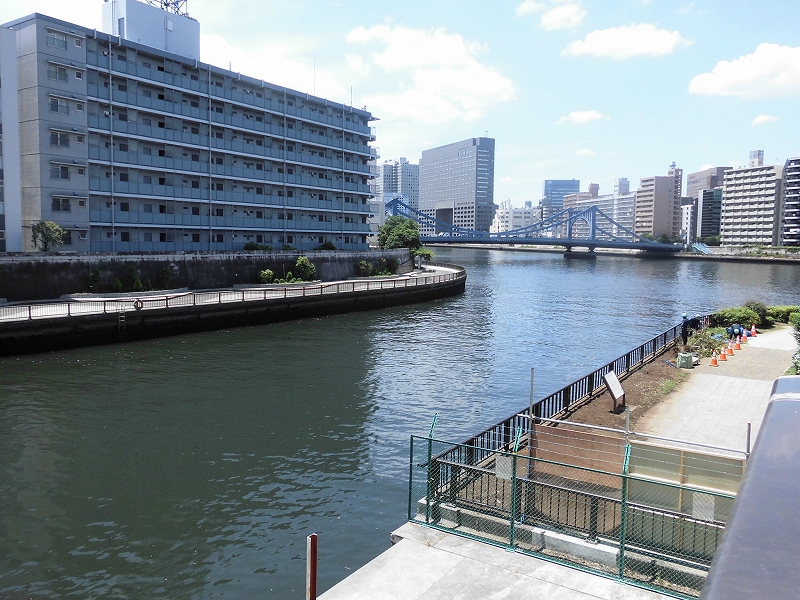
The Onagigawa River began as an artificial river (canal) built by Tokugawa Ieyasu to transport salt produced in Gyotoku, present-day Chiba Prefecture, to Edo Castle after he moved his territory to the Kanto region at the behest of Toyotomi Hideyoshi. Ta.
Later, during the time of the Tokugawa shogunate, it became the most important transportation route for logistics, transporting not only salt from Gyotoku, but also annual tax rice from the Tohoku region, and vegetables and fish from what is now Chiba to Edo. . Matsuo Basho lived on the banks of the Onagigawa River, which was bustling with boats transporting goods to Edo.
INFORMATION
| name | Onagi River shore |
| location | Tokiwa 1, Koto-ku, Tokyo |
| GOOGLE MAP |
Let's go to a place related to Matsuo Basho!
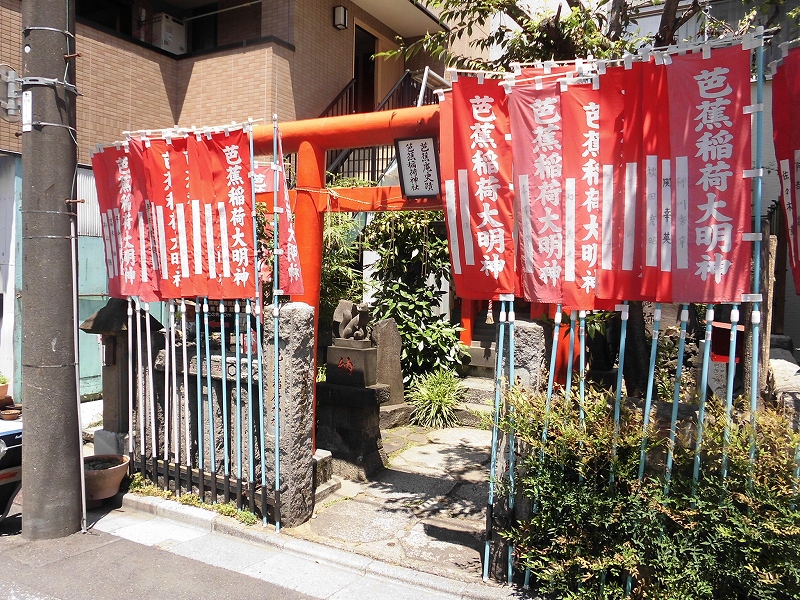
Basho Inari Shrine is located right next to Mannenbashi Bridge. After the tsunami hit this area in 1919, a stone frog that was said to have been a favorite of Basho was discovered. This discovery led to the creation of Basho Inari Shrine. It is said that the famous haiku ``An old pond and the sound of water as a frog jumps'' was written around here.
INFORMATION
| name | Basho Inari Shrine |
| location | 1-3-12 Tokiwa, Koto-ku, Tokyo |
| GOOGLE MAP |
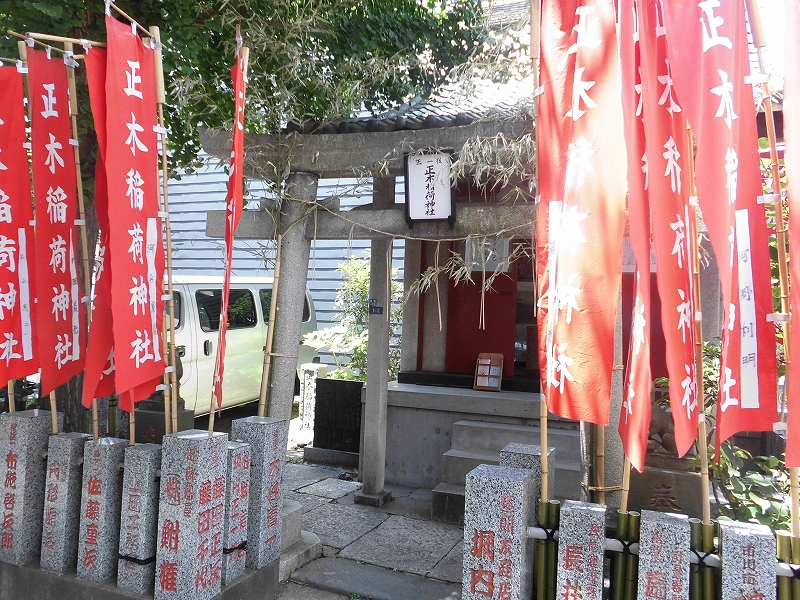
The year when Masaki Inari Shrine was founded is unknown, but it was a famous shrine in Fukagawa during the Edo period. During the Edo period, a very large ``Seiki no Ki'' towered over the current shrine, and it seems to have served as a landmark for ships passing through the Sumida and Onagigawa rivers. It seems that Matsuo Basho lived right next to the large Seiki no Ki.
INFORMATION
| name | Masaki Inari Shrine |
| location | 1-1-2 Tokiwa, Koto-ku, Tokyo |
| GOOGLE MAP |
It's finally time to meet Basho-san!

The Bashoan Historic Site Observation Garden is located along the Sumida River promenade. In April 1995, it was built as a ``annex'' of the nearby ``Koto Ward Basho Memorial Museum'' to commemorate the former residence of Mr. Basho.It is located at the top of the stairs in front. One of these is the Bashoan Historic Site Observation Garden.

At the top of the stairs, there is a bronze statue of Matsuo Basho in the Basho-an Historic Site Observatory Garden. Matsuo Basho is a haiku poet born in what is now Iga City, Mie Prefecture. He received a teacher in Kyoto and entered the path of haikai. In 1674 he published numerous works in Edo and became famous in the world of haiku.
In Edo, he lived in Nihonbashi, but after the Great Meireki Fire, which destroyed two-thirds of Edo, he moved to this part of Fukagawa. He lived here until his death in 1694.
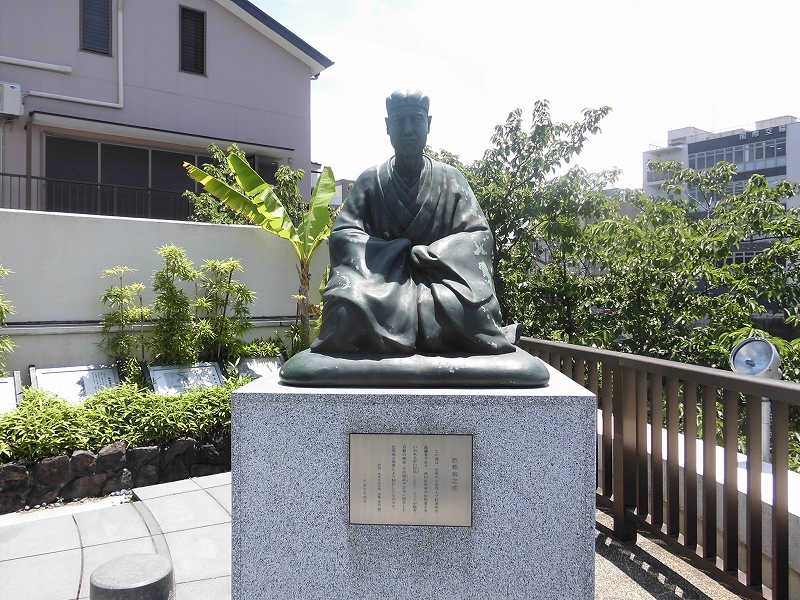
This bronze statue of Basho sits on a cushion, facing the Sumida River, as shown in the photo, until 5pm. However, at 5pm, it turns around and faces the Onagigawa River. It rotates electrically.
It is lit up at night until 10pm. It can be seen from the Sumida River promenade. Unfortunately, this garden closes at 4:30 p.m., so you won't be able to see the moment when Basho changes direction. By the way, admission to this garden is free.
INFORMATION
| name | Bashoan Historic Site Observation Garden |
| location | 1-1-3 Tokiwa, Koto-ku, Tokyo |
| telephone number | 03-3631-1448 |
| Official URL | https://www.kcf.or.jp/basho/ |
| GOOGLE MAP |
How was it?
If you want to meet Basho-san face-to-face and learn more about him at the Basho-an Historic Site Observation Garden, we recommend the nearby Koto Ward Basho Memorial Museum. On display are the robe worn by Basho and papers with his handwriting written on them. By visiting here, you can learn more about Basho's life and works.
INFORMATION
| name | Koto Ward Basho Memorial Museum |
| location | 1-6-3 Tokiwa, Koto-ku, Tokyo |
| telephone number | 03-3631-1448 |
| Official URL | https://www.kcf.or.jp/basho/outline/ |
| GOOGLE MAP |


